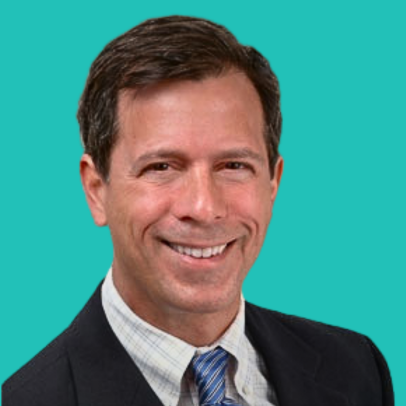
In today’s video, we discuss how multidisciplinary clinical healthcare practices can be profitable without running afoul of legal rules prohibiting corporate practice of medicine, and prohibitions against kickbacks and fee-splitting.
When we talk about multidisciplinary clinical healthcare practices, we’re talking about health and wellness centers that can include, for example, any combination of the following: a medical doctor (MD), chiropractor (DC), nurse practitioner (NP), naturopathic medical doctor (NMD), licensed acupuncturist (LAc), and other licensed healthcare practitioners.
Your own center might be focused on integrative medicine, functional medicine, a mental health or behavioral health center, a clinical center focused on fertility, weight loss, sleep, or any other kind of specialized approach. Some clinical centers are very large, with many different kinds of healthcare practitioners working side by side. Some are small, perhaps just one medical doctor and a chiropractor, collaborating on improved function, pain management, and stem cell therapies.
I’m Michael H. Cohen, founding attorney of the Cohen Healthcare Law Group. All we do is healthcare and FDA law. With hundreds and hundreds and hundreds of healthcare clients every month, we provide advice day in and day out to healthcare business and practices just like you. And one of the areas where we have an edge is the multidisciplinary center. This is because I started my career in healthcare law counseling integrative medicine centers, which eventually led to the honor of a faculty appointment at Harvard Medical School, which was just then embarked on research and education into integrating complementary therapies into conventional care.
One of the key legal issues that a multidisciplinary healthcare clinic or center faces is corporate practice of medicine.
The corporate practice of medicine doctrine prohibits companies—other than professional medical corporations that are owned and operated by MDs—from practicing “medicine.” And, there is a similar prohibition against the practice of medicine both by unlicensed practitioners, and by licensed practitioners who are not MDs.
The anti-kickback and fee-splitting issue runs in tandem with the prohibition against corporate and unlicensed practice of medicine. The rule is basically that a licensed healthcare practitioner cannot split their professional fee with non-licensees, such as for example, the business that is managing and marketing the center as whole, or the individual practices.
Because of these legal prohibitions, when clients come to us with a multidisciplinary clinical operation, these are the kinds of questions we might ask them.
Who is it that the client would like to own the center? Is it one of the healthcare practitioners? Does that practitioner own Professional Corporation, and are the other healthcare practitioners employed by that professional corporation?
On the other hand, is there a management services organization or MSO, a business arm that runs the whole facility, and is responsible for managing and marketing the center including the individual practices?
To give a concrete example, sometimes the client that comes to us is a chiropractor, looking to partner up with a physician, so to speak, who can provide stem cell therapies. One variation we’ve seen is a licensed naturopathic medical doctor, looking to partner up with a medical doctor to provide regenerative medicine services.
In these situations, the chiropractor cannot legally practice “medicine;” and, the naturopathic medical doctor may be legally prohibited from supervising Registered Nurses, or from performing stem cell therapies. So, one big question is how they collaborate in a way that assigns the medical procedures to the medical professionals whose licensure allows them to work these therapies, and limits the other practitioners to their legally authorized scope of practice.
We can sort out the scope of practice issues in various agreements between the professionals, as well as in various ways we can structure the professional corporations that house these professionals. Among other things, in California, we rely on the Moscone-Knox Professional Corporations Act to mix and match practitioners within a professional corporation or PC.
As well, we typically use the MSO model to separate the business from clinical functions, and clarify the flow of payments so that the business arm is hired by the professional arm, in this way mitigating concerns about fee-splitting.
If the center is simply a location that rents space to the various practitioners, then the MSO or general business corporation, or LLC, that owns the master lease and the equipment, cannot practice “medicine.” Again, that is because the law prohibits corporations—other than professional medical corporations—from practicing medicine.
If this all still sounds a bit mysterious, you can go on our blog and see lots of articles, posts and resources explaining the MSO model and how we use it for multidisciplinary health centers, as well as for medical spas and for telemedicine.
Thanks for watching. Here’s to the success of your healthcare venture, we look forward to speaking with you soon.
Testimonials
-
I would definitely recommend. I needed direction regarding the FDA and how the rules would affect my business. Responsive, accessible, and knowledgeable.
GRAMedical, CEO -
Impressive credentials are only overshadowed by their clear awareness of practical strategies to help Physicians navigate modern healthcare and achieve successful outcomes.
Practice On Your Terms
Contact Us



